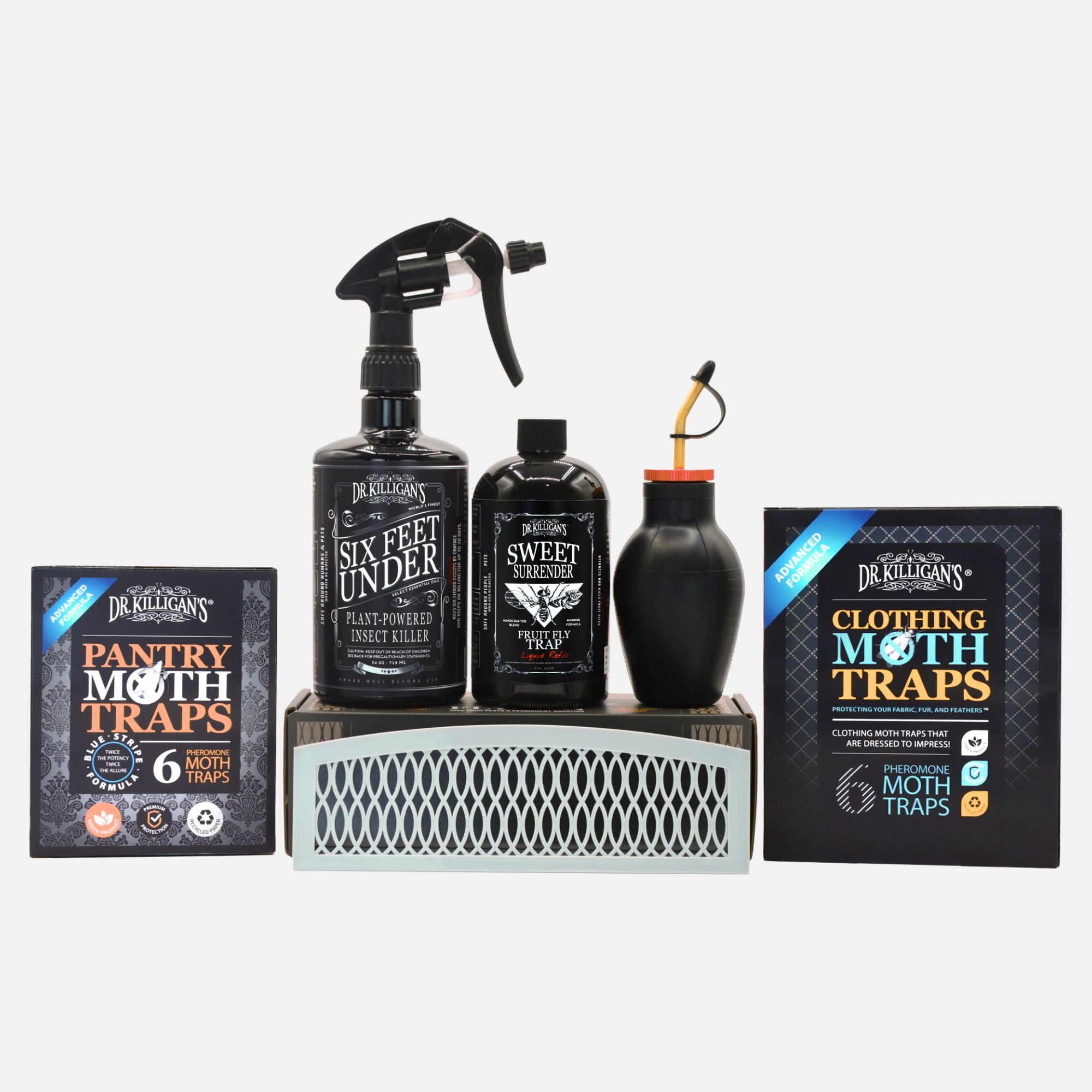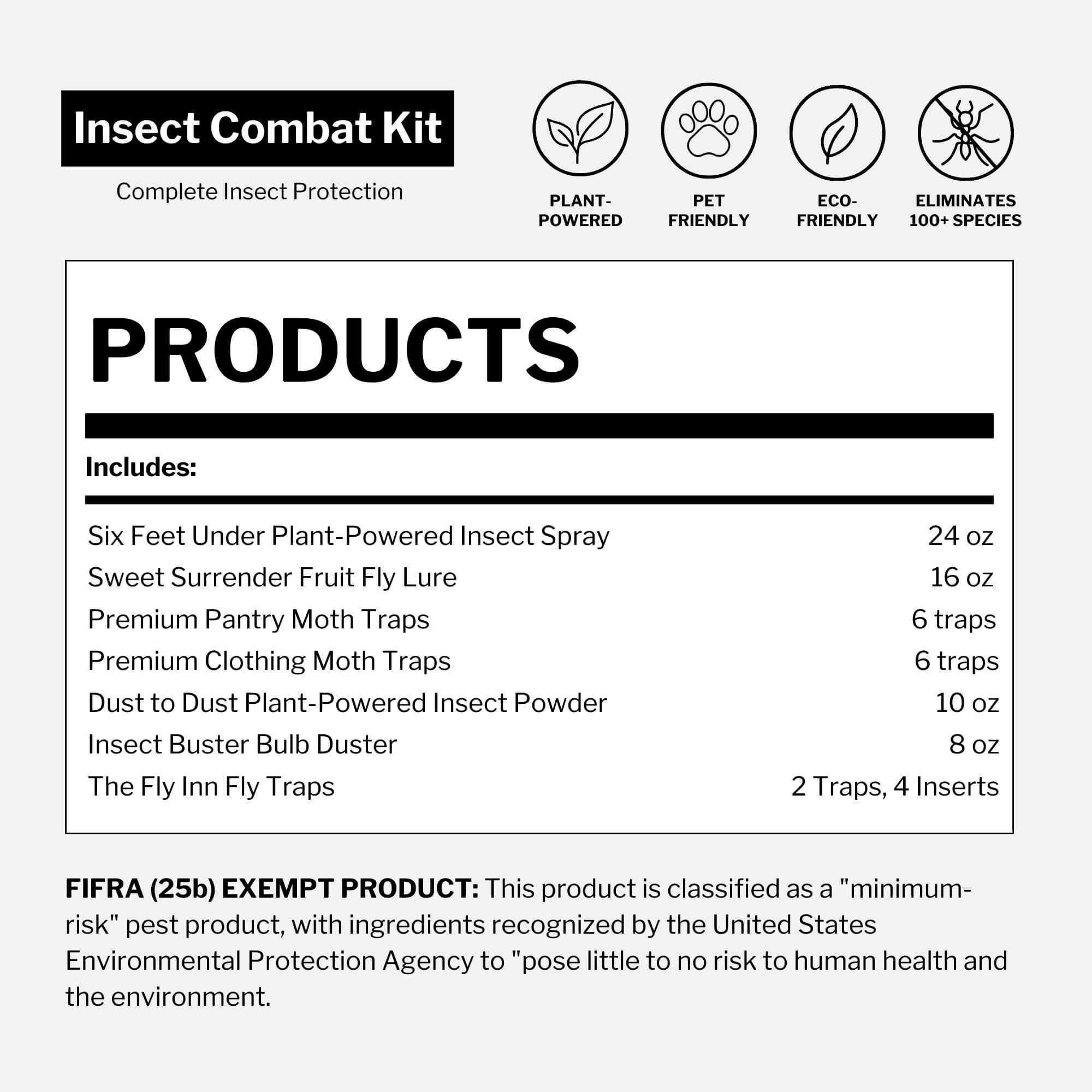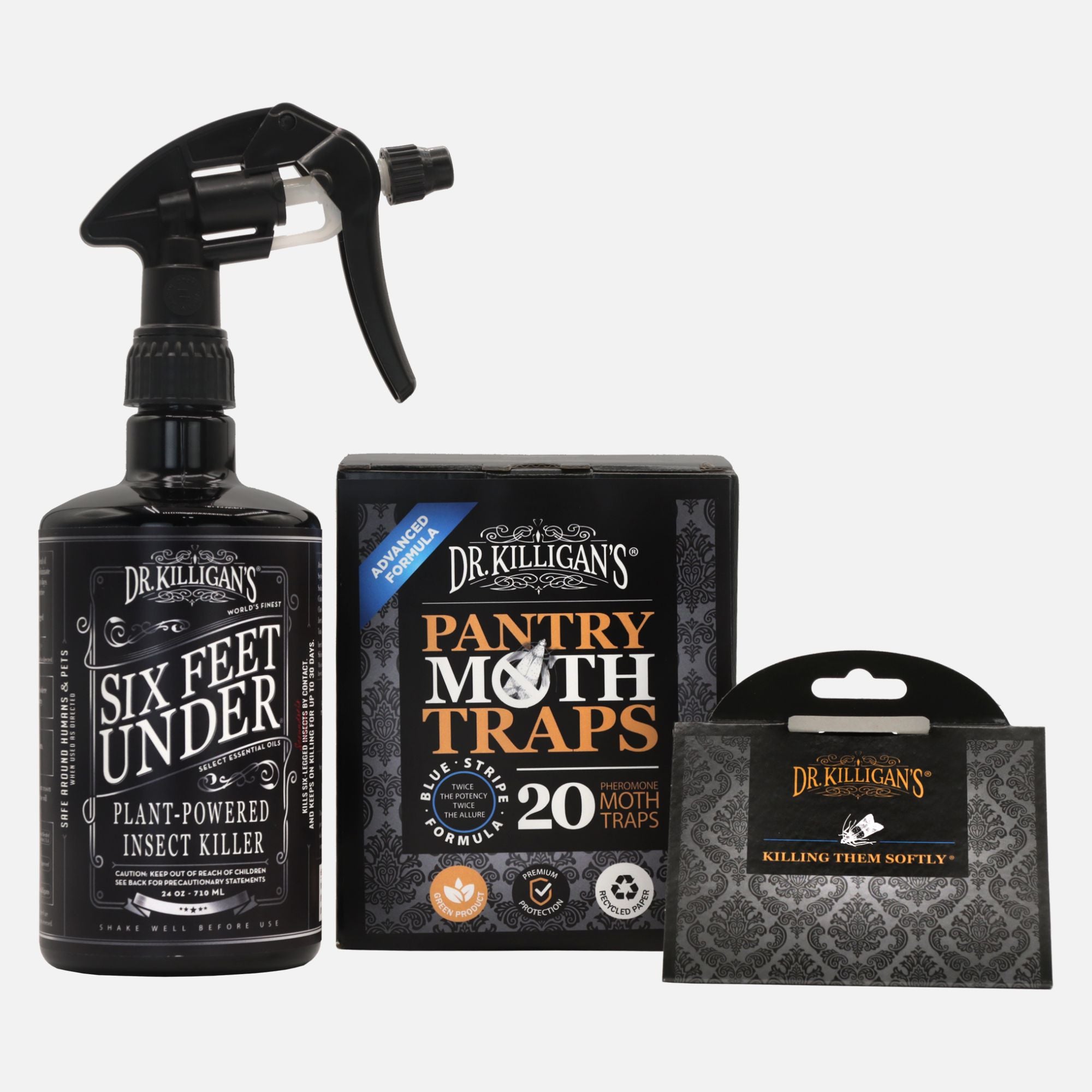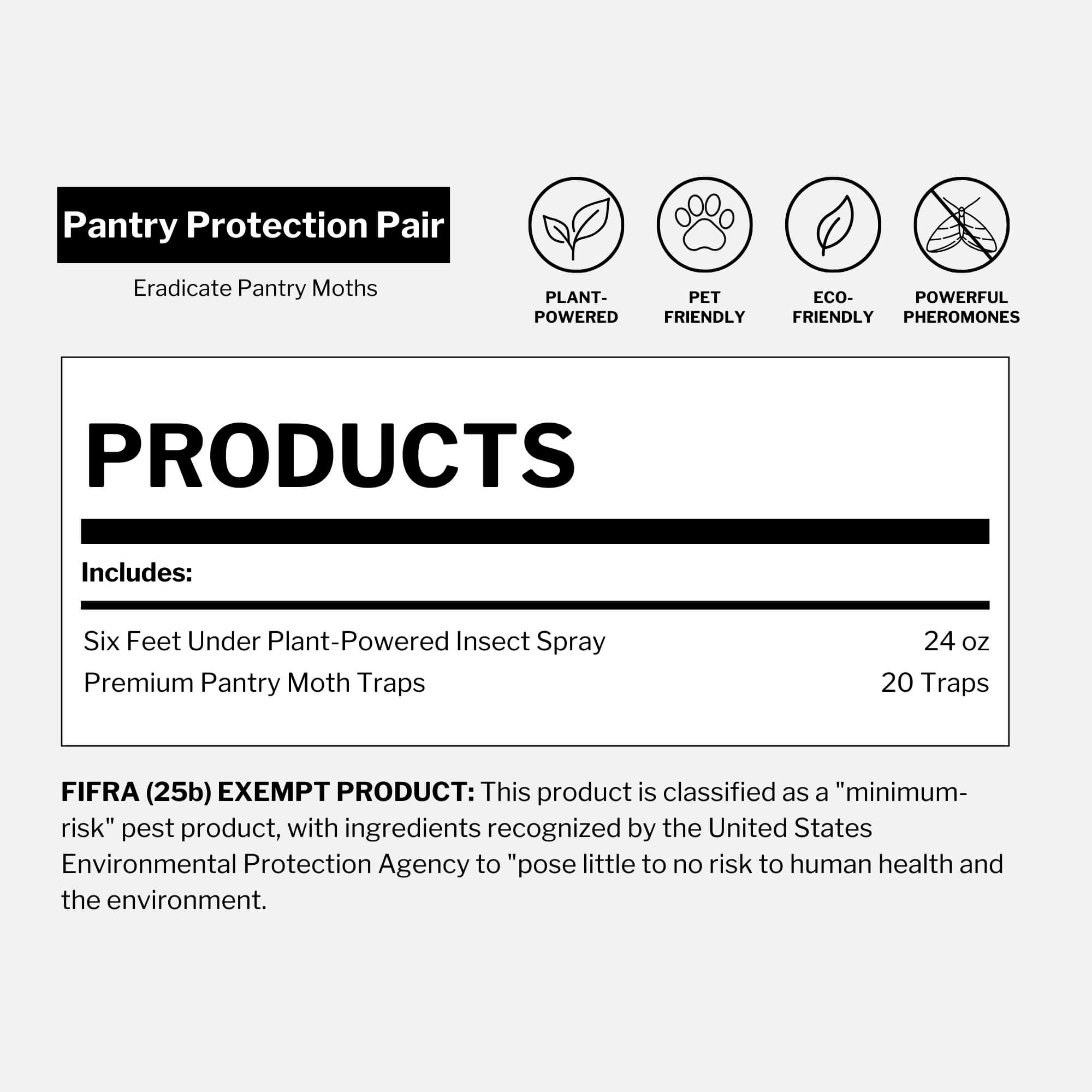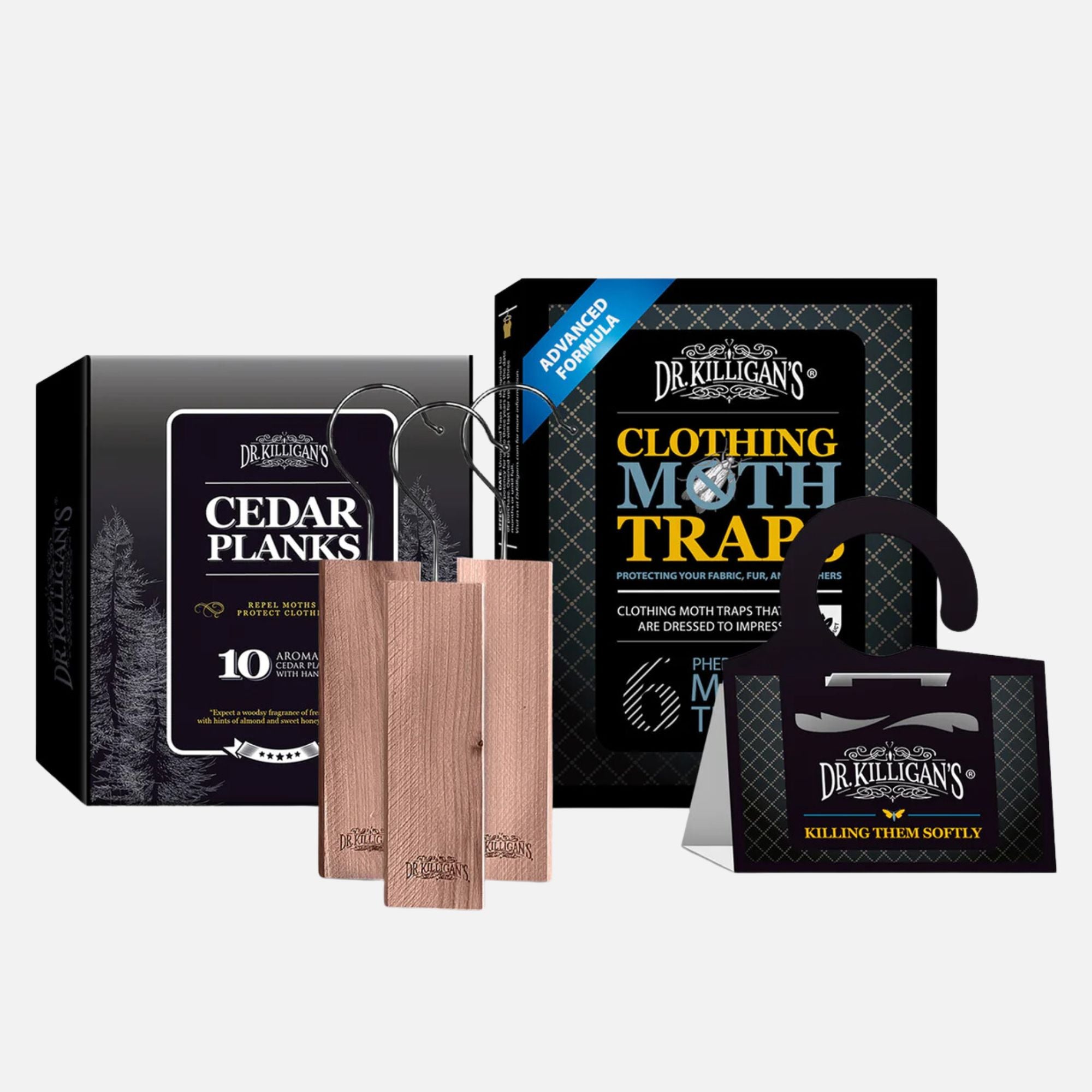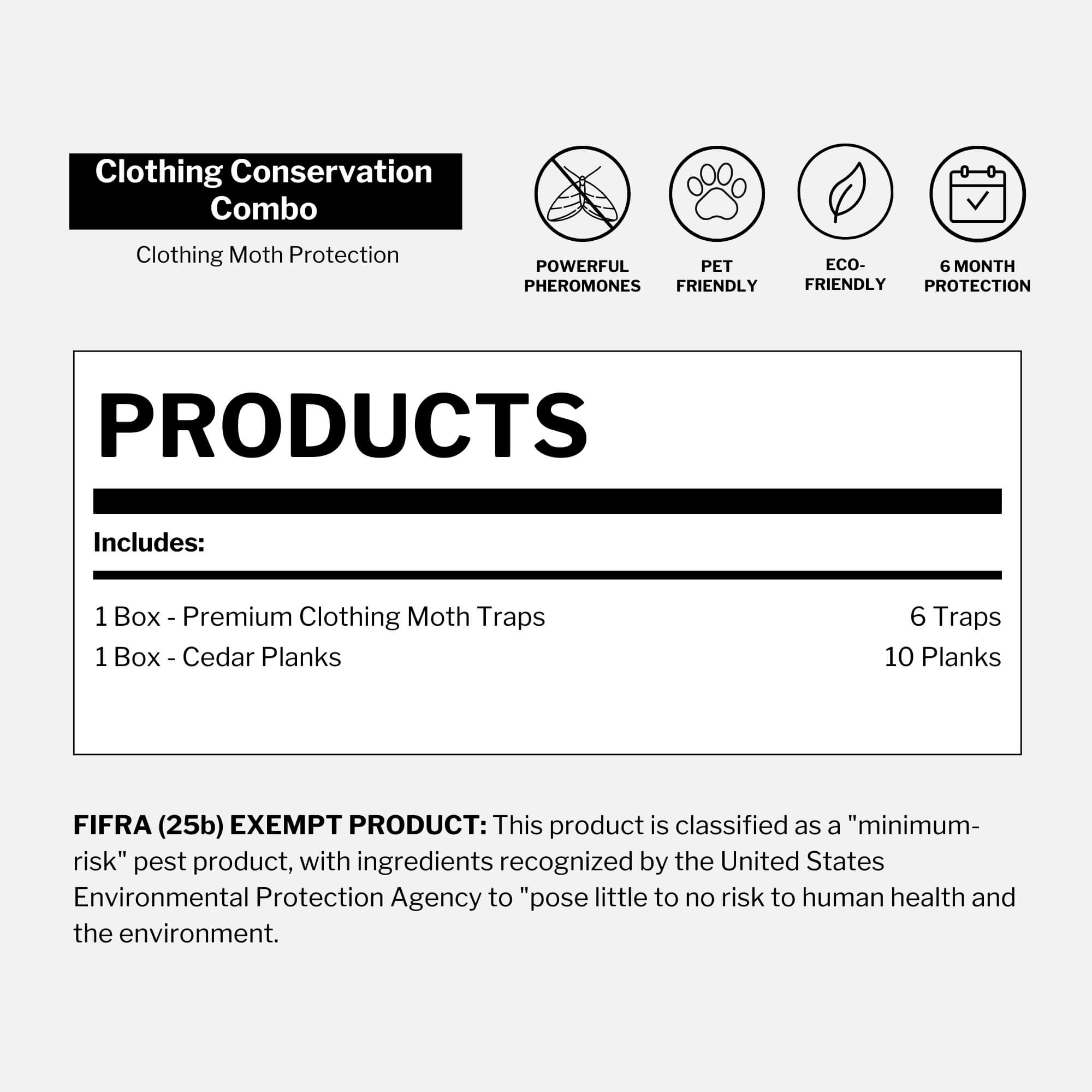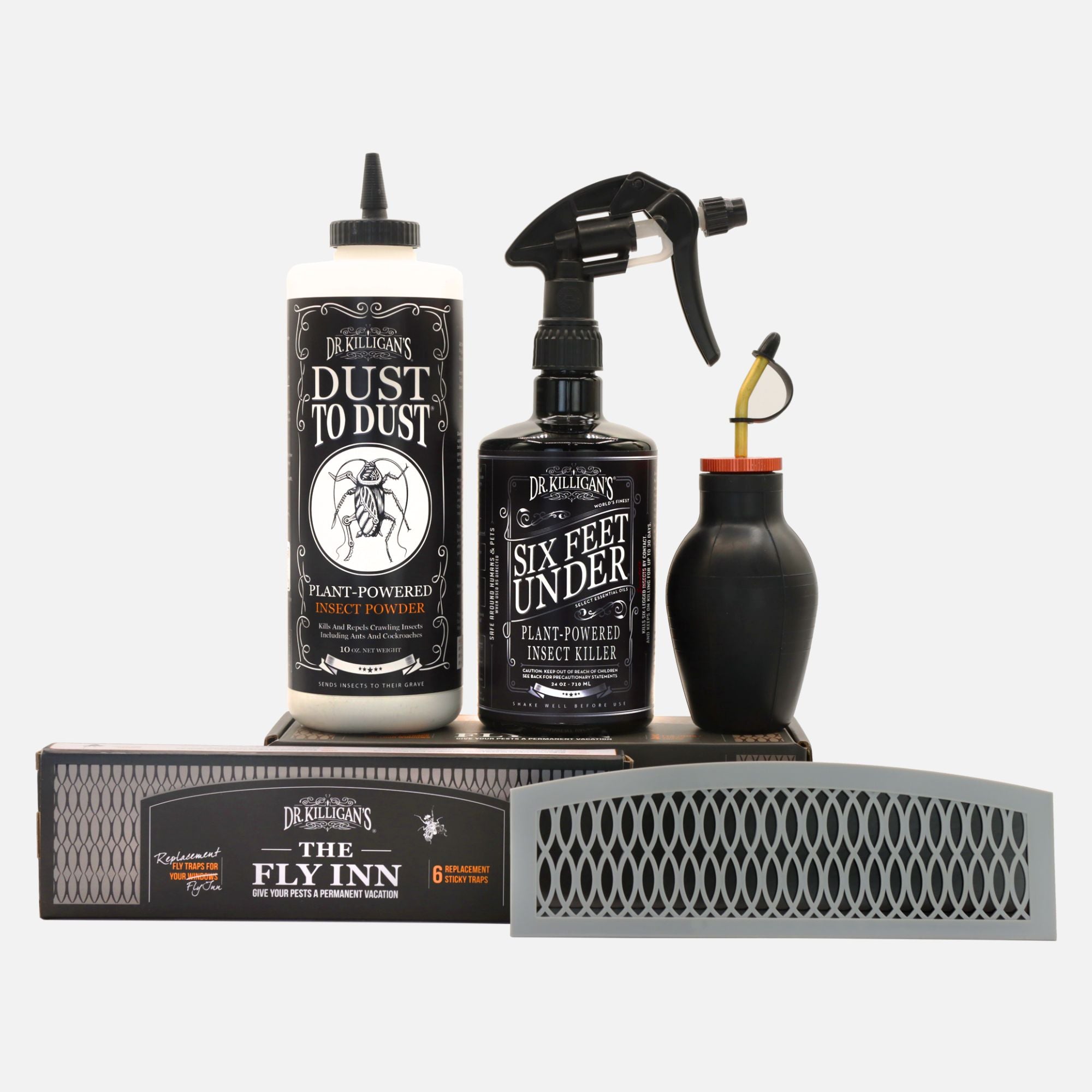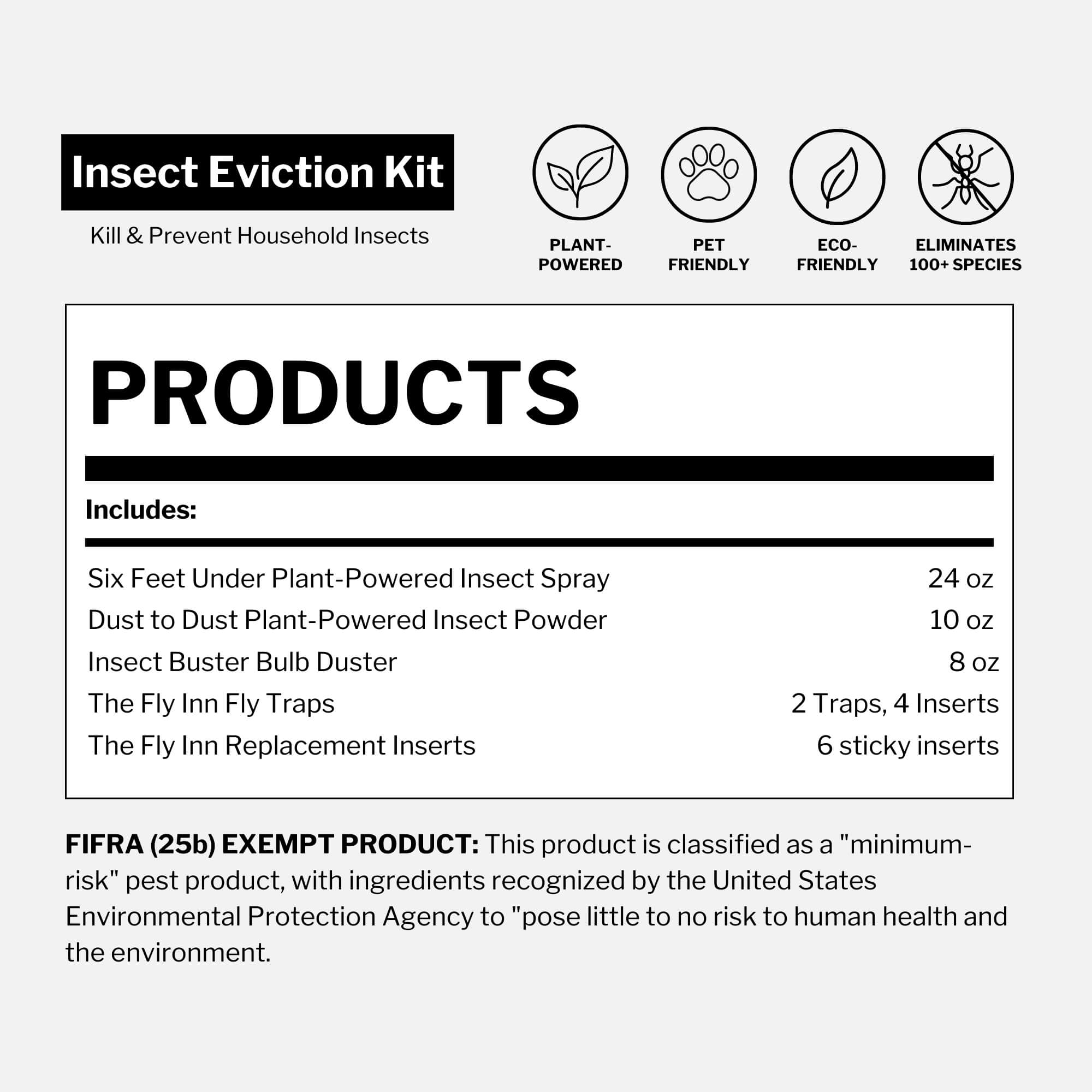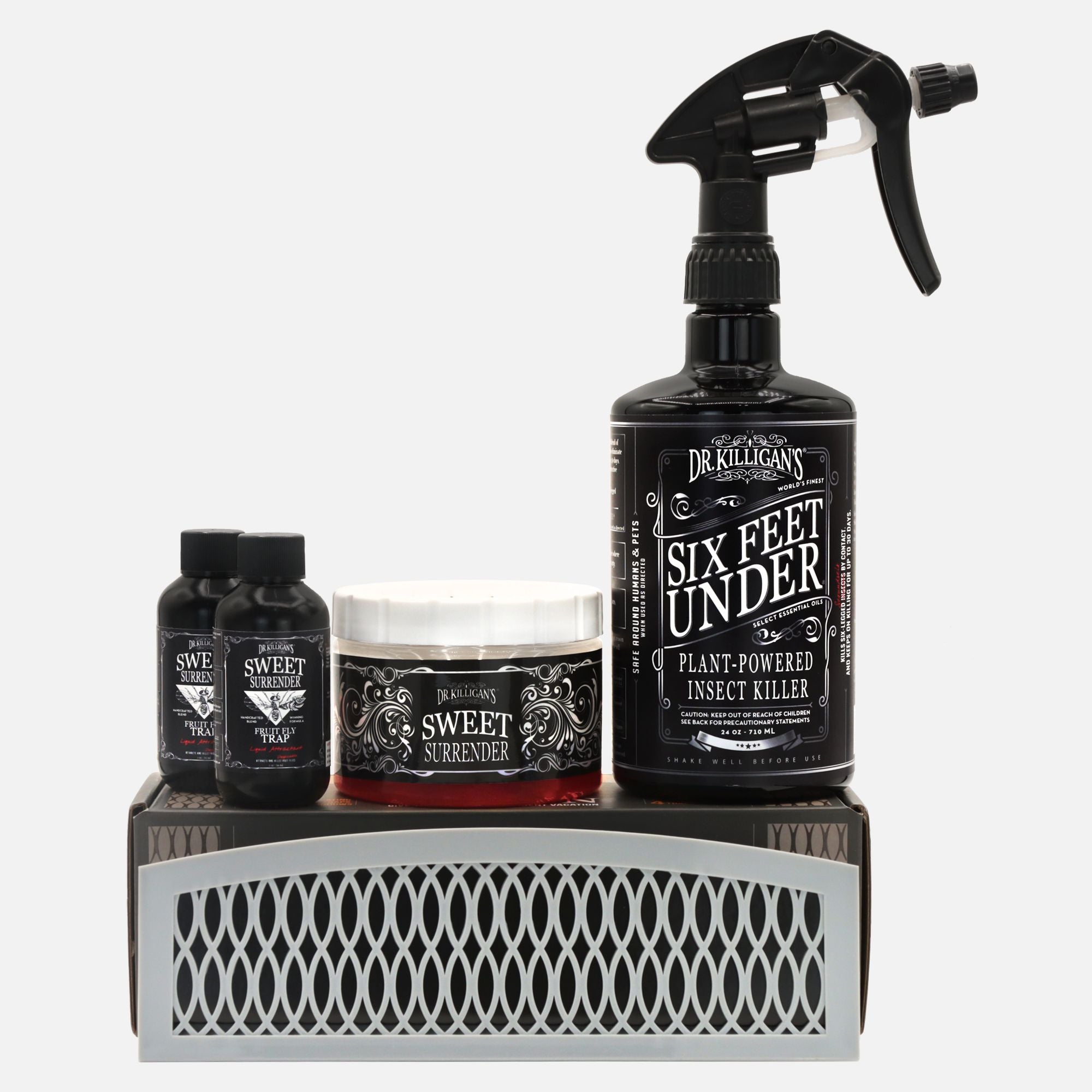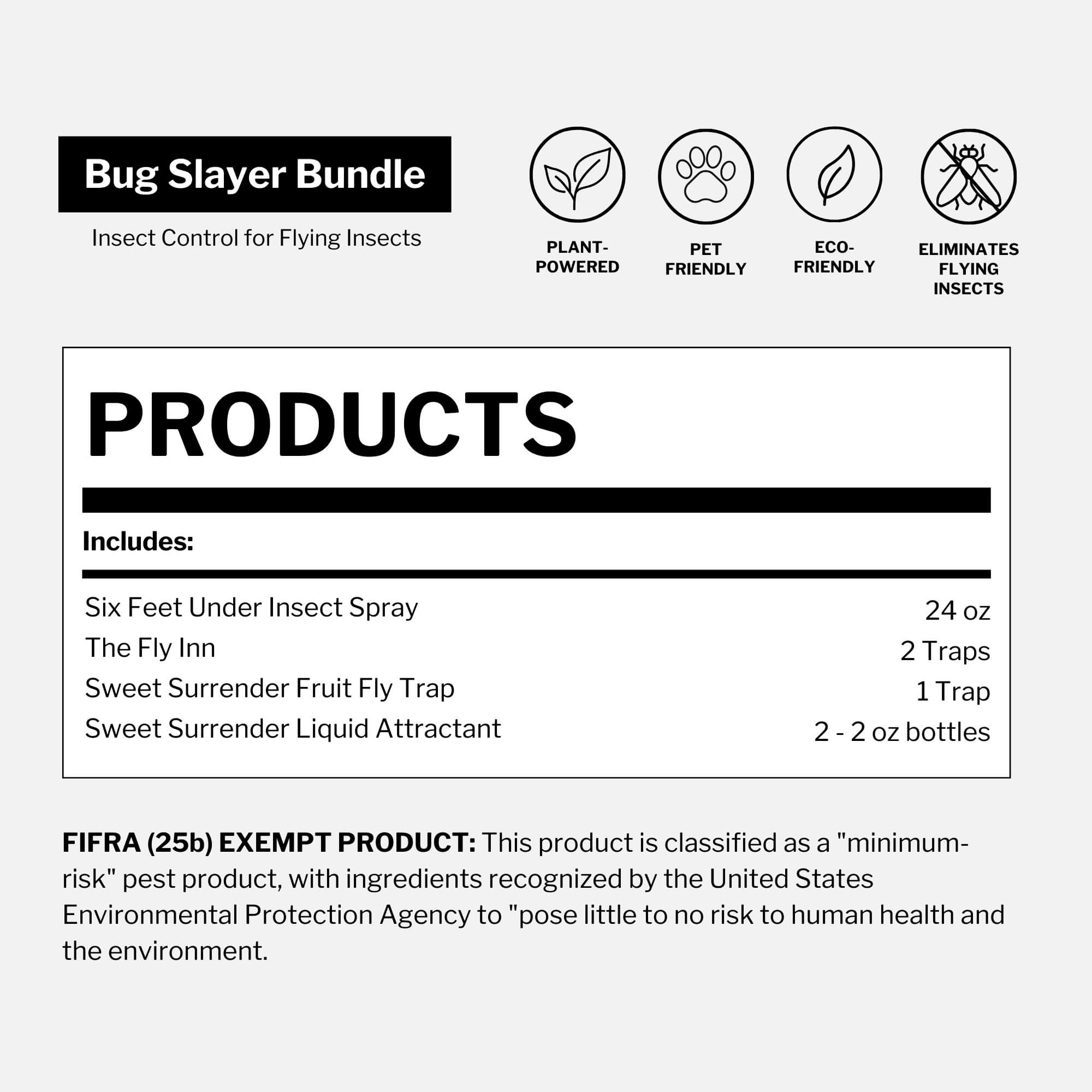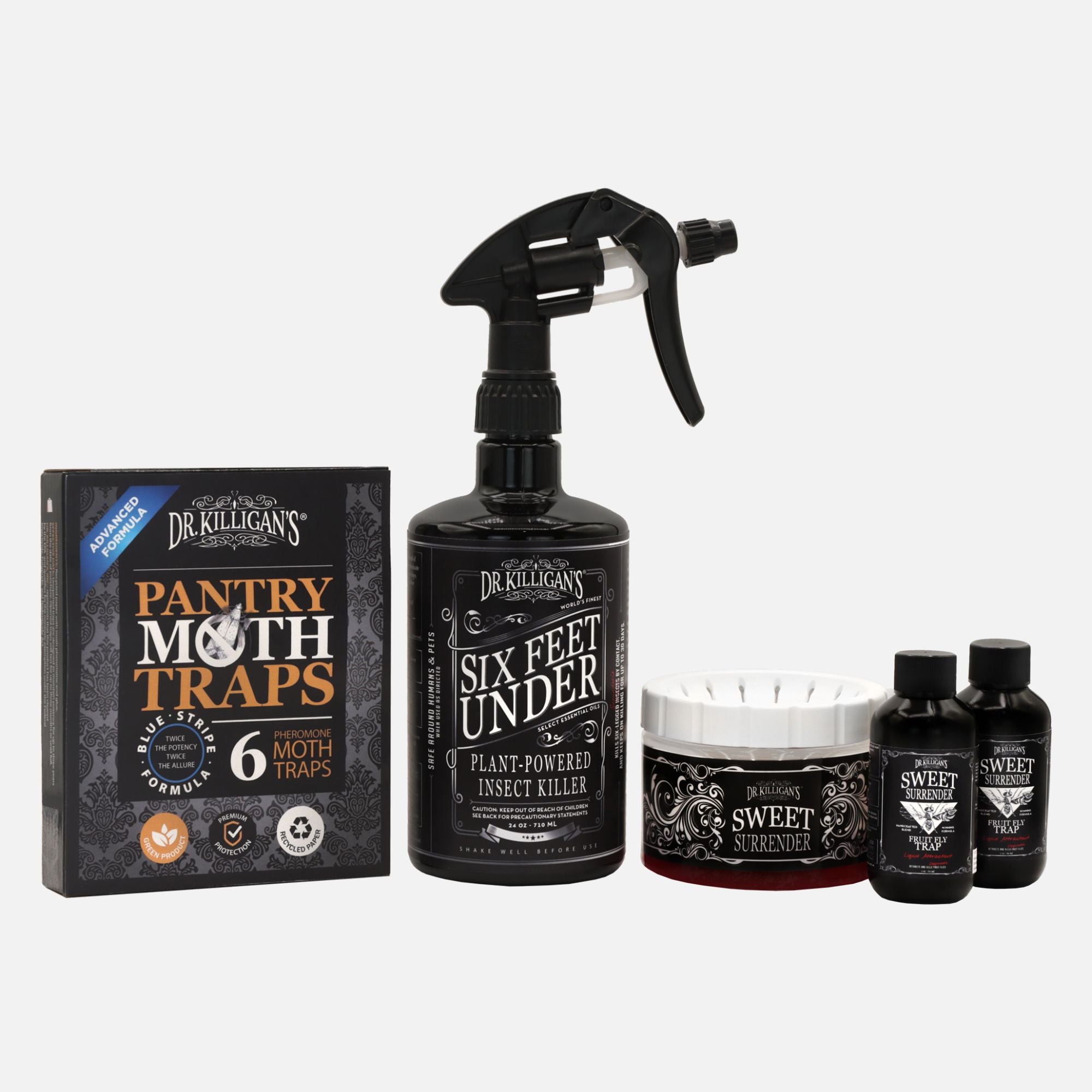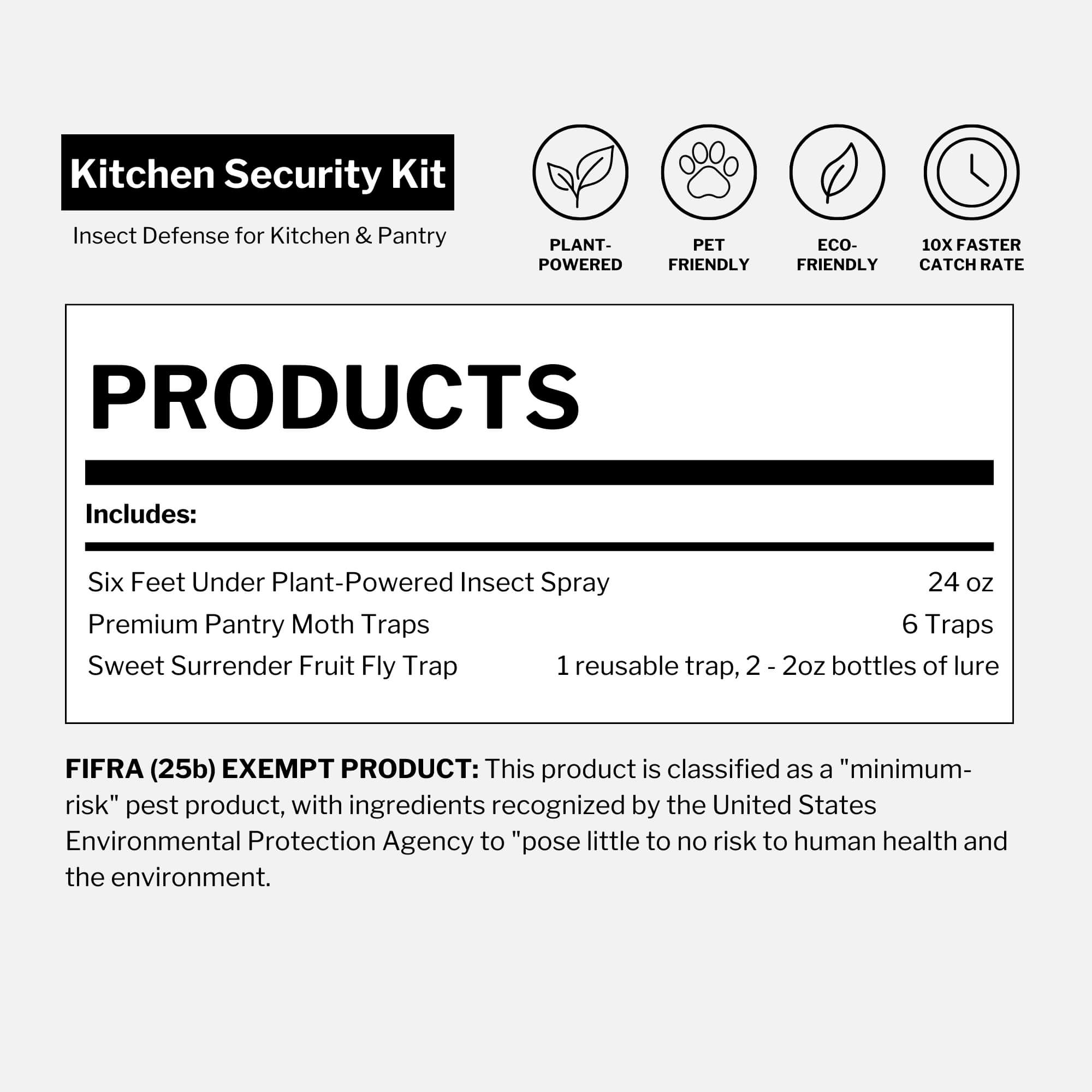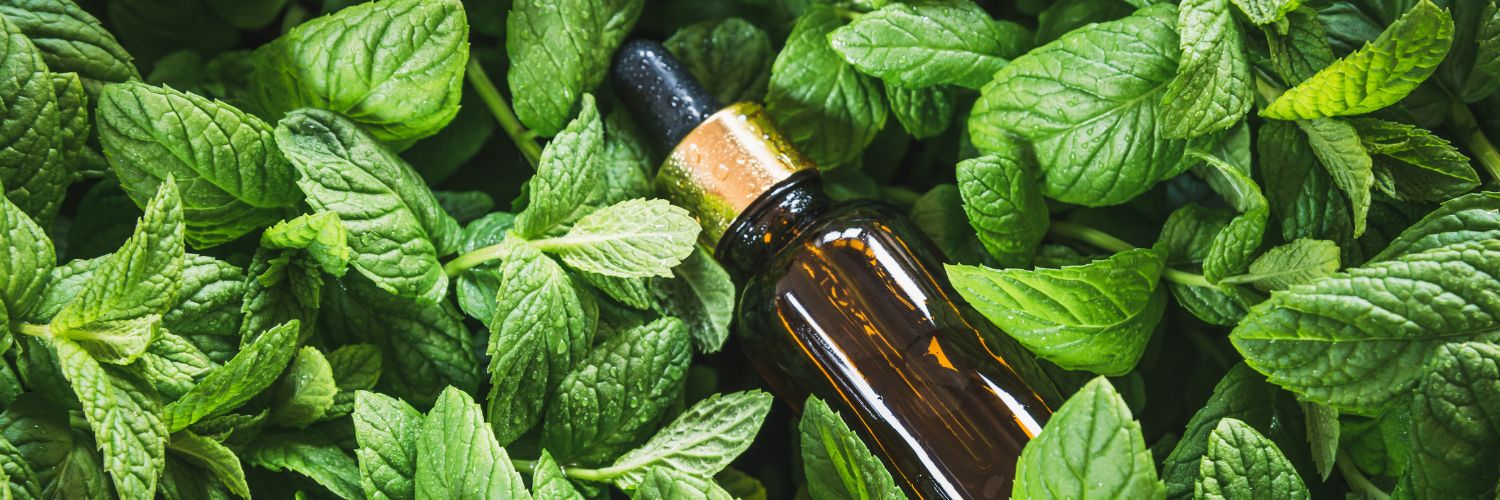Updated on March 25th, 2025
As winter melts away and barbecue season returns, so do the buzzing, biting pests that crash our outdoor fun. Flies and mosquitoes reemerge like clockwork—turning celebrations into swatting contests.
But where do they go when the cold sets in? Do they migrate like snowbirds or hunker down like hibernating bears?
Let’s uncover how weather and temperature shape the secret lives of flies and mosquitoes—starting with a quick look at their biology.
Fly facts
Flies spoil your summertime barbecue and hang around your garbage cans. Intriguing facts about flies:
- Flies belong to the order of insects called Diptera.
- There are over 125,000 species of flies across the world.
- Most flies are about one-half inch long.
- Flies live on a liquid diet.
- A housefly can spread certain diseases such as E. coli and Salmonella.
- Flies taste with their feet. Taste receptors on their tarsi help them decide if a surface is suitable for feeding.
Mosquito facts

Also a nuisance in the warmer months, mosquitoes add to the equation by biting those they come in contact with. Key facts about mosquitoes:
- Only female mosquitoes bite.
- There are 3,500 species of mosquitoes.
- Mosquitoes are generally smaller than one-half inch long.
- Mosquitoes are attracted to carbon dioxide found in human breath.
- What we call a mosquito 'bite' contains an anticoagulant that helps the female feed more efficiently.
- A mosquito doesn’t bite; it injects an elongated mouthpart called a proboscis.
- West Nile Virus is a disease known to be transmitted by mosquitoes.
Both flying insects are active as long as the temperature holds up. With the overall global temperature changing, the active months are becoming longer.
The role of water: Drought vs flooding
Wind, rain, flooding, drought and other weather conditions affect how we live as humans. These weather conditions also affect insects.
Lack of water
Drought casts a harsh reality for those whose livelihoods intertwine with the rhythms of nature. Farmers and ranchers often draw water from private wells, not city supplies—and a garden hose can’t keep up with the needs of dry fields and thirsty livestock. Just as people look to the skies for rain, flies and mosquitoes depend on standing water to survive.
Flies, after all, thrive on a liquid diet, mostly sourcing their hydration from the very meals they consume. Moist environments also accelerate the decay of organic matter—making these sites especially attractive to flies.
A mosquito's entire life cycle is intricately tied to water. Without water, these pests couldn't continue their lineage. Female mosquitoes deposit their eggs in any stagnant water, though naturally collected rainwater proves particularly favorable for hatching their young. For mosquito larvae to mature into adults, this water must remain undisturbed for about 10 to 14 days, making every puddle a potential nursery.
Overabundance of water
Flooding can wreak havoc just as much as drought. For instance, the farmer's crops risk being washed away, and in severe cases, livestock could also be endangered. The impact on insect populations varies; while some may thrive due to increased breeding habitats, others might struggle with the disruption to their environments.

As water recedes, conditions become ideal for flies to thrive; they feed on the decaying matter left behind by floods—such as vegetation exposed to the elements. This decomposition supports fly populations, multiplying their numbers. In some regions, this post-flood surge in fly activity is significant enough that health warnings, such as boiling water to prevent illness, are issued to the public.
Mosquitoes need still water to reproduce. As floodwaters settle, puddles form—creating countless new breeding grounds. The mosquito life cycle varies with temperature, a topic we'll explore next.
The impact of temperature
Just as too much or too little rain affects insect populations, temperatures also determine insect survival. If the weather is too hot, insects behave a certain way; whereas when it is too cold, they react a different way.
Excessive heat
When you or I get too hot, we are in danger of suffering heat stroke and need to either cool our bodies down or suffer the consequences. When insects experience excessive heat, their exoskeletons behave in specific manners.
Flies tend to thrive in the heat, which seems to boost their reproduction. However, their reproductive response to temperature can vary: some studies suggest that flies reproduce less in extremely hot conditions, laying fewer eggs, while others find that warm environments inside buildings encourage more rapid breeding, with temperatures above 75 degrees Fahrenheit ideal for egg development.
Mosquitoes also enjoy themselves, especially if humidity accompanies the heat. However, excessive heat can lead to rapid evaporation of standing water, reducing their breeding spots and causing inactivity. Unfortunately, when reduced humidity combines with high temperatures, mosquitoes become less active in the sweltering weather, leading to more aggressive feeding when temperatures cool. Like us avoiding the hottest parts of the day, so do mosquitoes, feeding more voraciously during cooler periods, which can increase the risk of mosquito-borne illnesses.
Extreme cold

Just like everything else, each creature has its breaking point with cold. Water solidifies at 32 degrees Fahrenheit, and similarly, each insect species has its cold tolerance threshold. While some insects can hibernate and reemerge as temperatures warm, others aren’t so lucky.
Flies struggle with cold weather. As temperatures plummet, adult flies typically perish, but their eggs can endure if shielded from the harsh conditions. These eggs continue to develop through their life stages and overwinter as pupae. This cycle ensures the emergence of a new generation of flies with the arrival of spring.
Mosquitoes are remarkably resilient to cold. While some may perish as temperatures drop, many survive by hibernating in sheltered spaces such as basements, hollow logs, tree bark and animal burrows. Remarkably, some mosquito larvae can hibernate in the water where their eggs were laid—sinking to the bottom and enduring the winter to emerge in the warmer months of spring or summer.
Year after year, the cycle continues, constantly renewing the threat of insect invasions in your home. With each new generation of flies and mosquitoes, the question isn't just why they return, but how you can effectively eliminate them from your living space.
Identifying fly and mosquito hotspots
To tackle an invasion of flies and mosquitoes, start by identifying and eliminating their attractions.
Flies are attracted to foul odors and decay, which can stem from a variety of sources both indoors and outdoors. Common indoor culprits include neglected garbage cans, unwashed sinks, piles of dirty laundry and hidden plumbing leaks. Outdoors, flies may gather around trash bins, compost piles, pet waste and recycling bins, drawn by similar smells of decay and decomposition.
Mosquitoes, while they might occasionally wander indoors, primarily breed outside in stagnant water. Beyond typical spots like birdbaths and puddles, they are drawn to less obvious locations such as children's toys, tires, grills and even pool covers. These items can inadvertently collect water and serve as prime egg-laying sites. Vigilantly managing and eliminating standing water in these common and overlooked areas is crucial for controlling mosquito populations effectively.
Dr. Killigan’s solution for flies and mosquitoes

Eliminating these hotspots can significantly cut down on fly activity. For added protection, Dr. Killigan’s non-toxic pest control products are here to help.
For flies, The Fly Inn is the best non-toxic trap on the market, boasting a stylish design that adheres to windows and glass doors via suction cups. Utilizing a natural and patented lure-and-trap technique, this device mixes science with sunlight to decisively capture winged invaders, attracting and securing them to a glue strip.
For mosquitoes, consider these strategies:
- Eliminate standing water. Because mosquitoes lay their eggs in stagnant water, regularly emptying birdbaths, plant saucers and clogged gutters can drastically reduce their breeding grounds.
- Use essential oil-based repellents. Certain natural oils—like lemon eucalyptus, citronella and peppermint—help repel mosquitoes when applied to the skin or diffused around entry points.
- Install physical barriers. Window screens, door sweeps and mosquito nets add a layer of defense against these biting insects.
For additional fly-deterring-strategies, read:
For mosquito insight, I recommend these articles:




